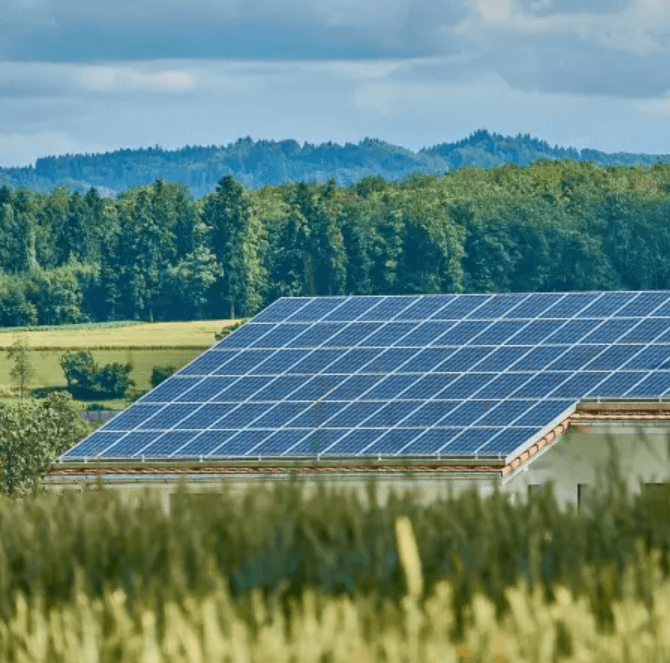 One of the key levers in meeting the growing demand for clean energy is solar, as one of the fastest-growing industries in the country, solar can also promote economic recovery amidst shrinking local budgets. The more than 10,000 U.S. solar companies in operation to date have created over 250,000 jobs and counting.
One of the key levers in meeting the growing demand for clean energy is solar, as one of the fastest-growing industries in the country, solar can also promote economic recovery amidst shrinking local budgets. The more than 10,000 U.S. solar companies in operation to date have created over 250,000 jobs and counting.
But scaling solar and making it a true reality requires us to consider a fundamental process that is often overlooked: permitting. Paper-based bureaucracies using outdated permitting processes increases the price of residential installations and slow nationwide solar adoption. This Earth Month, it’s worth rethinking how we approach solar permitting to make it cheaper and faster, help our communities be more resilient, and take an important step toward meeting our environmental goals.
Streamlining Permitting to Scale Solar Nationwide
The solar industry is making remarkable strides in reducing hardware costs with improved technology and economies of scale. The Investment Tax Credit (ITC) continues to make solar more affordable and accessible than ever before. However, a maze of permitting and inspection red tape still remains.
The practical aspects of solar, including electrical and construction work, naturally involve safety concerns that local government departments must regulate. For example, a city may require an electrical permit and building permit before installation of a solar project can begin. The many different types of homes and businesses where solar panels can be installed and local zoning laws also add complexity with permitting.
Residential solar and battery applications account for a growing percentage of permitting pipelines, with authorities having jurisdiction (AHJs) receiving hundreds of permit applications per month. Local permitting and inspection departments take an average of two to eight weeks to process a single solar permit — adding $2,516 to the price of each residential installation, burdening department staff, preventing residents from seeing electricity cost savings, and posing a hurdle for solar adoption across the country.
How Cities Can Use Digital Tools to Help
Many civic leaders are realizing that there is an opportunity to support both newly remote staff and achieve sustainability goals by utilizing new ideas for online solar permitting. California State Senator Scott Wiener recently introduced a bill that would require many California cities and counties to use an “online, automated permitting platform” for putting solar panels on rooftops.
Fortunately, such platforms already exist. Solar Automated Permit Processing (SolarAPP+) is a new cloud-based instant online solar permitting platform for local governments developed by the National Renewable Energy Lab in collaboration with key code officials, AHJs, and numerous technology partners.
The no-cost tool simplifies and automates the permitting review process for residential solar energy and battery projects from start to finish, relieving overburdened departments by instantly checking whether a proposal complies with safety and code standards. Departments can conduct mobile or virtual inspections to ensure the safety of both field workers and solar panel installations. An online process also saves local governments time and money, allowing them to focus on other top priorities.
Starting this week, the turnkey solution is being rolled out to over 1,500 departments across the country. Several local governments are already using SolarAPP+ to expedite permitting, including Pima County, Arizona, which is processing hundreds of permits per month and improving its resident experience.
“We’re excited to have an easy-to-use solution for our community that improves user experience for residents and agency staff alike through an instantaneous solar permitting process,” said Carla Blackwell, director of development services at Pima County. “By leveraging SolarAPP+, our agency has been able to save valuable time, money, and human resources to process roughly 250 permits per month in the region.”
The Future of Solar Permitting
City and local leaders are feeling more pressure than ever to address the dual threats of COVID-19 and access to clean energy. As we look to the future, it’s worth remembering that technology can be a valuable partner in addressing these challenges and creating new innovative solutions. With the public and private sector working together, we can create a not-so-distant future where clean energy solutions are available to everyone to support a path for new job opportunities and positive outcomes for our communities.
…
This blog post is originally posted on the NLC website here.



